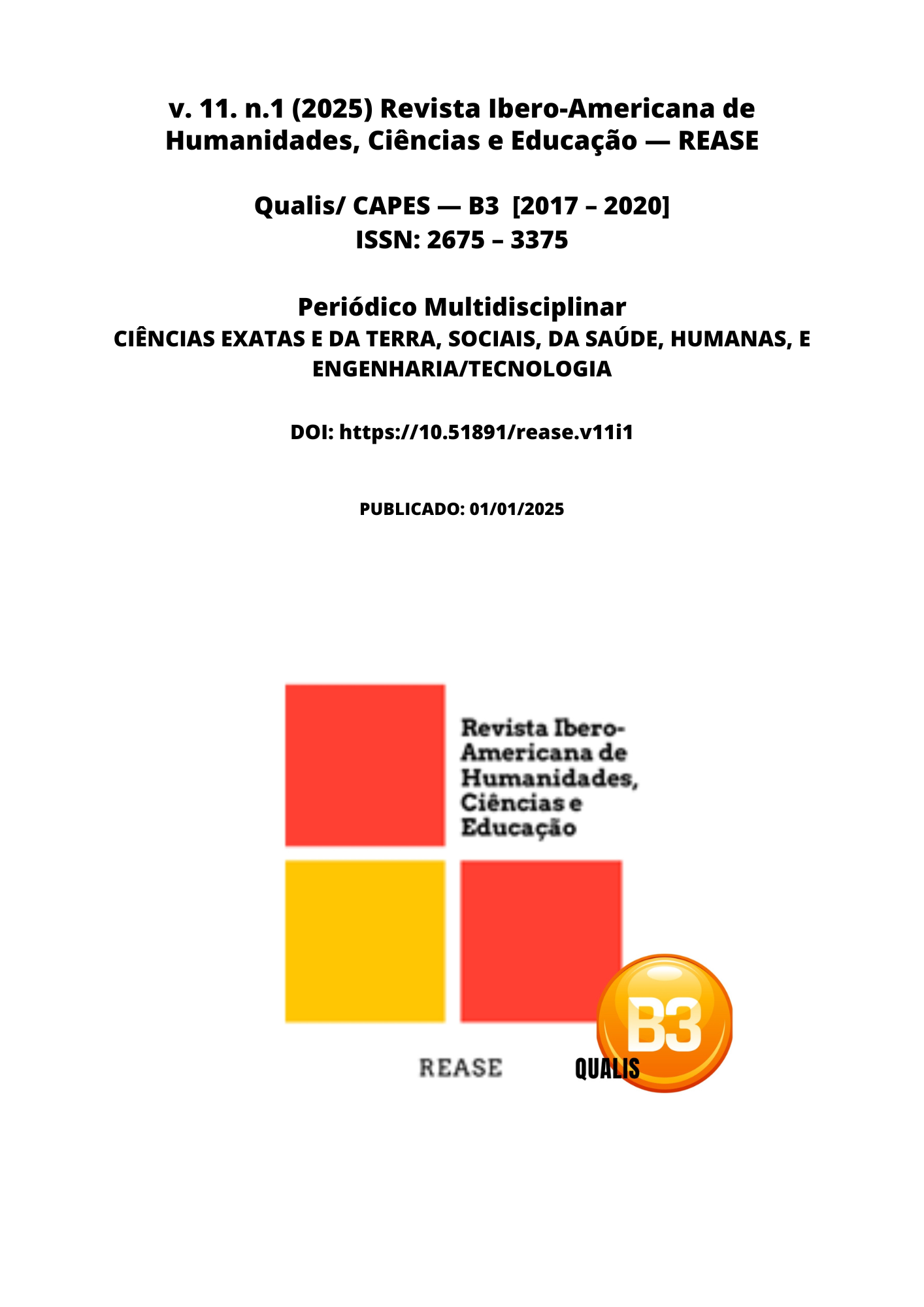TRAUMA MARKS: DREAM AND PSYCHOLOGICAL SUFFERING IN “LÍBIA MOIRÔ BY CONCEIÇÃO EVARISTO
DOI:
https://doi.org/10.51891/rease.v11i1.17965Keywords:
Literature. Escrevivência. Psychology. Trauma. Dream.Abstract
Literature represents a rich and dynamic space not only for aesthetic experience and the construction of meaning but also for dialogue with other fields of knowledge. Thus, engaging with narratives fosters a closer relationship with the characters during the reading process, allowing an exploration of the complexity of human experience. In this perspective, the present essay, adopting a qualitative bibliographic methodology, aims to present aspects related to the field of Psychology through the analysis of the short story “Líbia Moirã,” included in the work “Insubmissas lágrimas de mulheres” (2016) by Brazilian writer Conceição Evaristo (1946–). This approach highlights how reading this literary narrative helps understand the recurrence of dreams as indicators of unresolved emotional issues, as well as the psychological impacts of trauma and suffering, which, in the story, lead the character to three suicide attempts.
Downloads
Downloads
Published
How to Cite
Issue
Section
Categories
License
Atribuição CC BY

